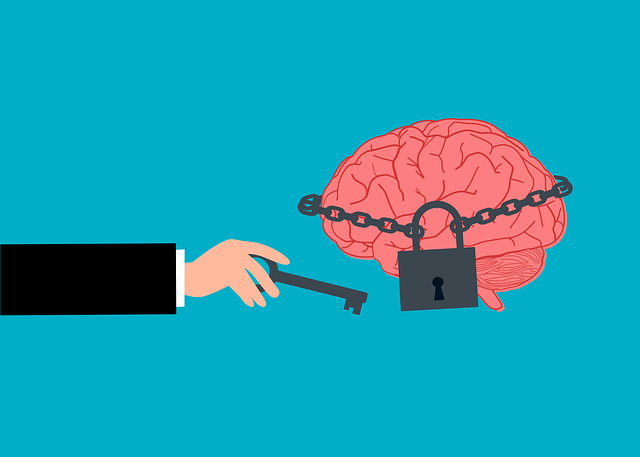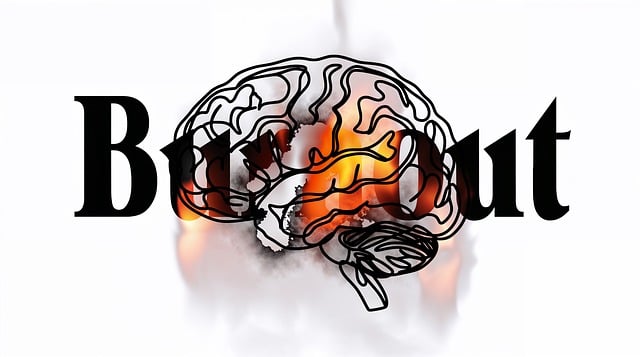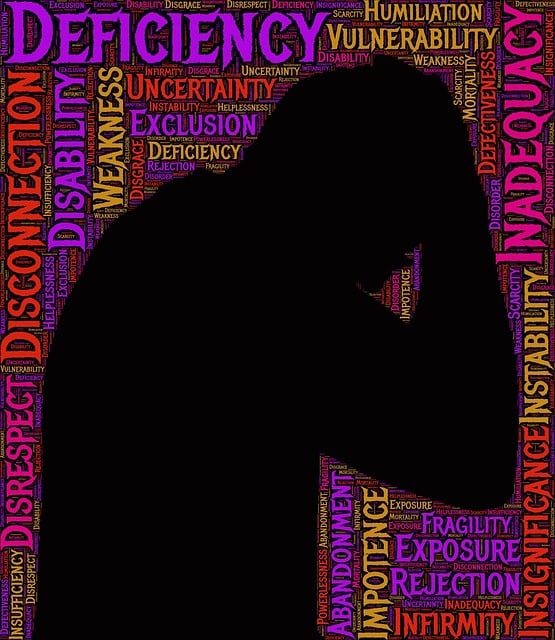The text highlights the challenges adolescents and teenagers face in accessing specialized therapy due to inadequate resources and a shortage of trained professionals, despite growing awareness of youth mental health issues. Early intervention strategies like journaling, peer support, and podcasts show promise but are not universally accessible. Effective mental health policies, driven by data analysis and evidence-based practices, are crucial for improving care. Collaboration among healthcare providers, policymakers, and community organizations, with mindfulness meditation integrated into policy, can foster resilient communities. Success in mental health advocacy is measured qualitatively and quantitatively, including improved wellness and feedback from both recipients and community members.
Mental health policy analysis and advocacy are vital components in ensuring accessible, quality care for adolescents and teens. This comprehensive guide explores key aspects, from understanding foundational mental health policies to evaluating advocacy impact. We delve into the current state of therapy services, highlighting gaps and challenges in access, while offering effective strategies for policy analysis and change. Discover how advocacy can revolutionize adolescent and teen therapy, fostering healthier communities.
- Understanding Mental Health Policies: A Foundation for Advocacy
- The Current State of Adolescent and Teen Therapy Services
- Gaps and Challenges in Accessing Quality Care
- Effective Strategies for Policy Analysis and Change
- Measuring Success: Evaluating the Impact of Mental Health Advocacy
Understanding Mental Health Policies: A Foundation for Advocacy

Understanding mental health policies is a cornerstone for advocacy efforts aimed at improving access to care and support for individuals grappling with mental illness, particularly adolescents and teens. These policies shape the landscape of services, from funding allocation to provider training and crisis intervention guidelines.
By examining existing legislation and regulatory frameworks, advocates can identify gaps and areas for improvement, pushing for evidence-based solutions that combat the stigma surrounding mental illness. This includes championing initiatives like Healthcare Provider Cultural Competency Training and Mental Illness Stigma Reduction Efforts, ensuring professionals are equipped to deliver sensitive and effective care. Crisis Intervention Guidance is another critical aspect, aiming to equip communities with prompt and appropriate resources during mental health emergencies.
The Current State of Adolescent and Teen Therapy Services

The current landscape of therapy services for adolescents and teenagers presents a complex picture, with both advancements and gaps in support. While there has been growing recognition of youth mental health issues, access to specialized treatment remains unevenly distributed. Many teens struggle without receiving the necessary care, often due to limited resources and a shortage of professionals trained in adolescent psychology. This is particularly concerning given the unique challenges faced by today’s young people, such as increased social pressure, academic expectations, and exposure to digital media, which can significantly impact their mental wellness.
The need for comprehensive therapy services is further highlighted by emerging research on the long-term benefits of early intervention. Simple exercises like mental wellness journaling and guidance from peer support networks can be powerful tools for self-esteem improvement. Additionally, the production of engaging mental wellness podcast series has shown potential in reaching a wider audience and normalizing conversations around mental health. However, these resources are not universally accessible, leaving many teens without the tools they need to navigate their emotional well-being.
Gaps and Challenges in Accessing Quality Care

Accessing quality mental health care, particularly for adolescents and teens, presents significant gaps and challenges. One of the primary hurdles is the inadequate availability of specialized services tailored to this demographic. Many regions struggle with a shortage of mental health professionals who have expertise in youth psychology, leading to longer wait times and limited access to evidence-based therapy. This issue is further exacerbated by systemic barriers such as financial constraints, insurance coverage limitations, and geographic disparities, ensuring that the most vulnerable populations bear the brunt.
Additionally, the persistent stigma surrounding mental illness acts as a significant roadblock. Public Awareness Campaigns Development initiatives are crucial in educating communities about the importance of early intervention and normalizing conversations around mental health. Efforts to reduce the stigma associated with seeking therapy for adolescent and teen mental health issues can significantly improve help-seeking behaviors. Until these challenges are addressed, ensuring equitable access to effective self-care practices remains an elusive goal.
Effective Strategies for Policy Analysis and Change

Mental health policy analysis is a powerful tool to drive change and improve access to quality care for all, especially adolescents and teens who are going through crucial developmental stages. Effective strategies involve thorough research and understanding of existing systems, identifying gaps and disparities in mental health services. By analyzing trends and data, advocates can pinpoint areas that require policy interventions, focusing on evidence-based practices such as therapy for adolescent and teen populations.
One key approach is to foster collaboration between healthcare professionals, policymakers, and community organizations. Integrating emotional intelligence and mindfulness meditation into policy frameworks can enhance the overall mental health landscape. By promoting emotional healing processes, these strategies not only support individual well-being but also contribute to building resilient communities. This holistic approach ensures that mental health policies are informed, inclusive, and tailored to meet the diverse needs of young people.
Measuring Success: Evaluating the Impact of Mental Health Advocacy

Measuring success is a vital aspect of mental health advocacy, allowing for a clear understanding of the impact and effectiveness of interventions designed to improve access to therapy for adolescent and teen populations. The evaluation process should go beyond simple numbers, delving into qualitative measures such as improved mental wellness, enhanced resilience building, and positive shifts in behavioral patterns. By assessing changes in school performance, social interactions, and overall well-being, advocates can illustrate the tangible benefits of their efforts.
Community outreach program implementation is a powerful strategy to gauge success on a larger scale. These programs aim to foster mental health literacy, reduce stigma, and ensure that support services are accessible to all. Through regular assessments and feedback from both service recipients and community members, advocates can identify areas for improvement and tailor interventions accordingly. This iterative process strengthens the advocacy movement, ensuring that resources are allocated effectively to meet the unique needs of adolescents and teens in their pursuit of mental wellness.
Mental health policy analysis and advocacy are vital components in ensuring accessible, quality care for adolescent and teen therapy. By understanding the current landscape, identifying gaps, and employing effective strategies, we can drive meaningful change. The article has highlighted the importance of navigating policies to revolutionize mental healthcare for this vulnerable demographic. Remember that, through continuous evaluation and persistence, we can measure success and create a brighter future for those seeking support.










